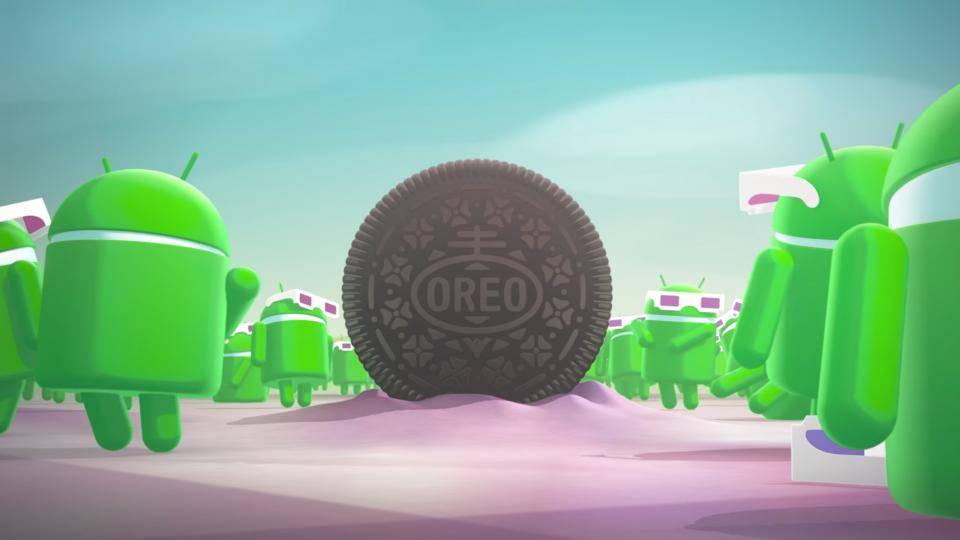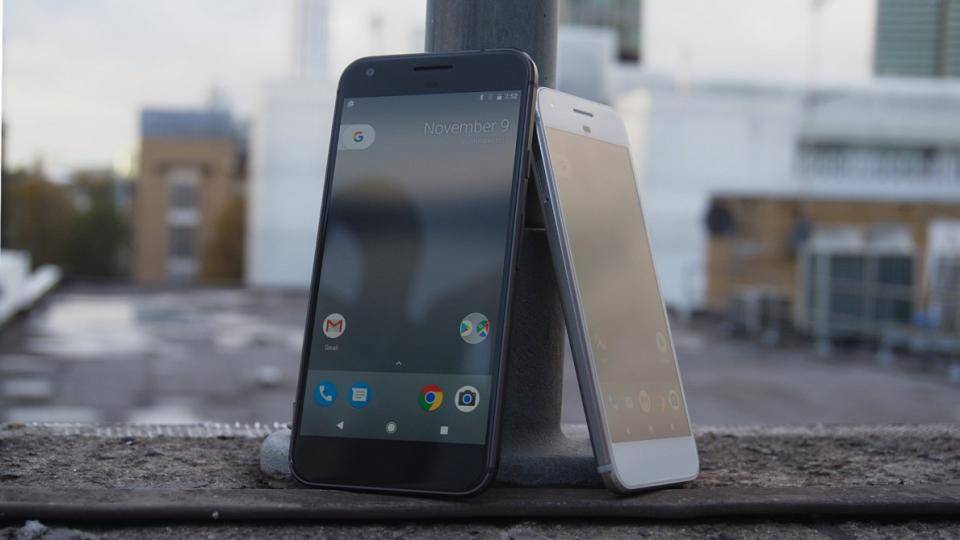Google has finally lifted the lid on Android Oreo. Yep, that's right - we finally have a name for Google's latest version of its mobile operating system after months of rabid speculation about what Android 8 will be called.
And now a host of phone companies have confirmed that they will get Android O, including Nokia, OnePlus and HTC. The latter's US branch took to Twitter to make the announcement, proclaiming, "We're excited to bring Android 8.0 t the HTC 11, U Ultra & 10". The update will be made in the fourth quarter of 2017, HTC USA announced.
Google has also made it known that it intends to make Android Oreo available for a slew of other major brands, including Essential , Huawei, LG, Motorola, Sharp, Sony and General Mobile.
The Californian tech giant announced Android O on 21 August 2017, to coincide with the solar eclipse, which I suspect was to do with the moon-like shape of the sugary cookie. In a post on the official Google Blog, the firm said: "Today, we are officially introducing Android 8.0 Oreo, the latest release of the platform–and it’s smarter, faster and more powerful than ever."
Feature-wise, there's plenty on offer to whet your appetite. For starters, Android Oreo comes with new improved multi-tasking capabilities such as picture-in-picture and autofill, and stronger security features and speed improvements. If you'd like to know more about what Android 8 Oreo has to offer, here's absolutely everything you need to know about Google's latest, including an in-depth features rundown and expected phone release dates.

Android Oreo: Everything you need to know
Android O: Name
After months of speculation, Android O is now officially called Android Oreo. It was a tricky one to name this year, and let's be honest, there wasn't much in terms of competition. The best we could come up with was Android Oatmeal Cookie or Android Orange Sorbet. Nobody would want that.
This is Android Oreo, and just like the sweet cookie it's named after - it's all about what they've double stuffed inside.

History of Android names
Cupcake
Donut
Eclair
Froyo
Gingerbread
Honeycomb
Ice Cream Sandwich
Jelly Bean
KitKat
Lollipop
Marshmallow
Nougat
Android Oreo: Phones and release date
As with all these new Android launches, expect Android Oreo to make its first appearance on Google's own line of devices, notably the Pixel and a handful of the more recent Nexus handsets. Typically, other phones take a few more months to get the latest and greatest update. I'd anticipate most flagships ( Galaxy S8 , Xperia XZ Premium and HTC U11 ) to be Android Orea ready come the end of the year. Searching for a specific handset? This article is regularly being updated with a list of the phones that are Android Oreo ready, so stay tuned for more details.

Android Oreo: Features
Google has revealed further details about Android O following the unveiling livestream during the total eclipse on 21 August 2017. We now know that 2017's Android release will focus on new features in two major areas Google is calling “Fluid Experiences” and “Vitals”.
Android Oreo: Fluid Experiences
Picture-in-picture is the major development here, a feature focussed on multitasking that lets you keep one app, for example Netflix, in a small floating window while checking your email (or anything else you fancy) full-screen. In other developments, Autofill will no longer be restricted to Chrome; it’s now being extended to apps.
The coolest new feature, however, focuses on making cut-and-paste much easier, through a feature called Smart Text Select . This will automatically recognise items like phone numbers, place names and addresses, making it easier to select what you need quickly with a single tap.
Android Oreo: Vitals
The major change under the Vitals umbrella is extensive improvements to the Android runtime environment. What does this mean? Primarily, faster performance, much quicker boot times and apps that launch faster as well.
But that’s not all. Google is introducing Google Play Protect with Android O – a tool that will scan freshly downloaded apps on your phone for security threats – and it will also give developers a bunch of new tools to help them produce apps that make more efficient use of resources such as CPU, memory and data use in a bid to improve battery life.
Android Oreo: Google Lens, Assistant and Photos
Elsewhere, there’s a bunch of updates related to Google Assistant and Google Photos: both major parts of the Android experience.
The first is Google Lens , which is all about analysing live images rather than static ones, interpreting everyday objects like buildings, flowers and signs and providing information on them as you point the camera at them. Lens will be able to recognise what you’re pointing your camera at and offer to perform follow-up actions on that information.
Google Assistant will also be able to interpret written free-text queries as well as spoken ones and also process payment-related actions, bringing it up to par with Amazon Alexa.
And a number of new developments will also be coming to Google Photos , including tools to help you share photos with friends and relatives and the ability to print photo books directly from the Photos app on your phone. The photo books service will only be available in the US at first, though, with more countries coming on board later this year.
